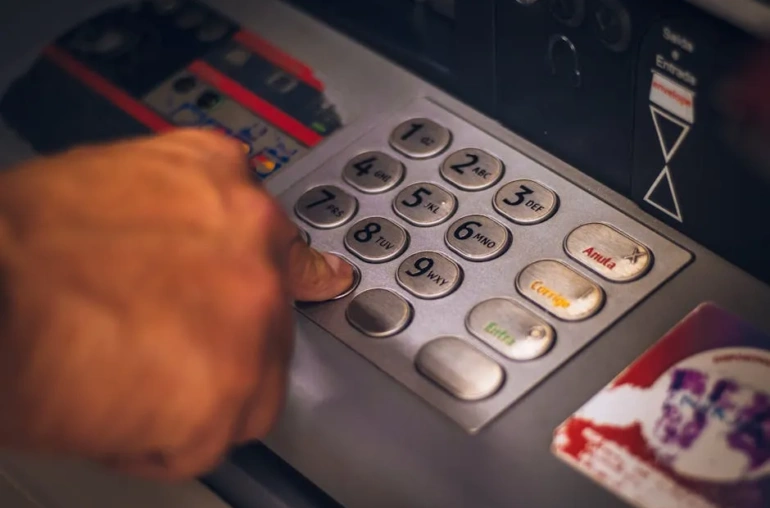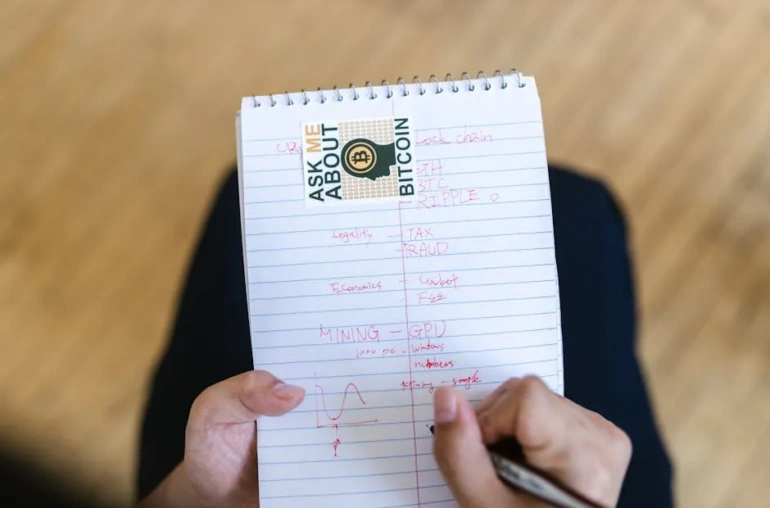
The Slow March Toward Bitcoin in Central Bank Reserves
Despite Bitcoin’s growing global influence, only a tiny fraction of central banks plan to hold BTC as part of their reserves in the coming decade. According to a recent survey by OMFIF, just 3% of central banks are considering Bitcoin as a reserve asset, even as discussions around diversification intensify.

Why the Hesitation?
Central banks, traditionally conservative institutions, remain cautious about Bitcoin for several reasons:
- Volatility: Bitcoin’s price swings make it a risky asset for reserve portfolios.
- Regulatory Uncertainty: Many jurisdictions still lack clear frameworks for crypto assets.
- Liquidity Concerns: While improving, Bitcoin’s liquidity still lags behind traditional reserve assets like gold or the US dollar.
Growing Interest in Diversification
Despite these concerns, the same survey highlights that central banks are increasingly exploring alternative assets to reduce reliance on the US dollar and gold. Some are even experimenting with central bank digital currencies (CBDCs) as a middle ground between traditional reserves and decentralized cryptocurrencies.
Early Adopters and Their Impact
A handful of nations, such as El Salvador and more recently Arizona (as pictured above), have taken bold steps toward Bitcoin adoption. While these cases are outliers, they serve as real-world experiments that could influence broader institutional acceptance over time.
The Road Ahead
For Bitcoin to gain wider acceptance among central banks, several developments need to occur:
- Greater price stability through maturation of markets
- Clearer global regulatory standards
- Improved institutional-grade custody solutions
While the current adoption rate among central banks remains low, the growing conversation around reserve diversification suggests Bitcoin’s role in global finance is far from settled. As the crypto ecosystem matures, we may see more central banks dip their toes into digital asset reserves – even if most remain on the sidelines for now.



